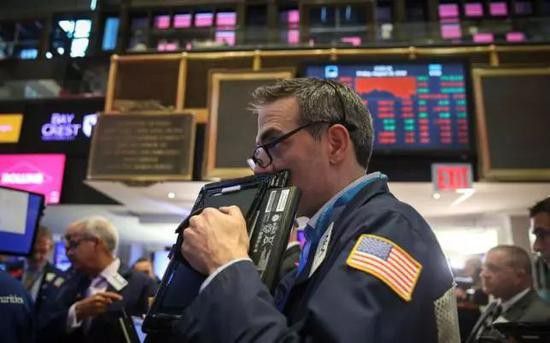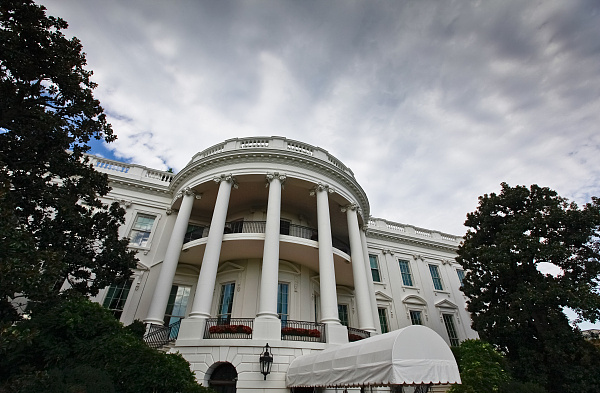
On May 26th, according to the Calgary Herald, US and European stock index futures rose simultaneously after the opening of the Asian market. The main driving factor was that President Trump postponed the deadline for imposing aggressive tariffs on EU goods. This news has temporarily eased market sentiment in the short term, and investors' concerns about the worst-case scenario of the global trade situation have been temporarily postponed. However, from the perspective of financial logic, the market rebound triggered by such policy delays seems to have a loose foundation, and both its sustainability and rationality deserve in-depth examination.
First of all, the market's reaction to the postponement of tariffs seems overreacted. Trump's postponement of the effective date of tariffs is merely a delay in time rather than a fundamental change in policy direction. Once the 50% tariff level on EU goods is implemented, it will seriously disrupt the global supply chain and the cost structure of multinational enterprises. This risk still exists, but the timetable has been pushed back. Therefore, this temporary easing does not constitute the structural benefit that the market valuation system should have. From the perspective of valuation, the market's rise is not based on the improvement of corporate profit expectations, nor is it supported by fundamental data. It merely relies on the delay of policy trends and is a short-term trading behavior, lacking medium-term configuration value.
Secondly, the fluctuations in the US dollar's movement reflect the continuous vigilance of the foreign exchange market towards the uncertainty of US policies. The US dollar rebounded slightly after hitting a two-year low, but the volatility itself suggests that the capital market lacks confidence in the outlook of US fiscal and trade policies. In international capital flows, the US dollar usually serves as a safe-haven tool. However, its current performance is unbalanced, reflecting the oppressive role of policy uncertainty in global capital allocation. Although the depreciation of the US dollar can stimulate exports and the conversion of multinational companies' revenues into profits in the short term, it will simultaneously trigger imported inflation and slow down the return of overseas capital, which poses a potential constraint on the long-term stability of the US financial market.
Looking at the simultaneous rise of European and Asian stocks, it actually does not reflect the recovery of economic momentum within the region. The inflation and growth pressures within the Eurozone have not yet eased. Coupled with internal political instability and a fragile energy structure, the reaction of the capital market is more like a technical rebound in response to the fading of short-term risks rather than a true reflection of an improved outlook. Especially under the prospect that EU commodity exports are threatened by high tariffs from the United States, the market has not truly faceded into the potential impact of such policy shocks on the profits of European manufacturing, agricultural product exports and the automotive industry, and there is a significant risk pricing bias.
The rise of Asian stock markets as an overall indicator also suffers from structural distortions. Many economies in Asia are highly dependent on exports. Once trade frictions between Europe and the United States intensify again, the central regions of the global supply chain will be the first to be affected. The market has not made sufficient risk provisions for this point. Instead, it has revalued asset prices under the stimulus of short-term political news, revealing an excessive reliance on liquidity and policy games. In such circumstances, the rise of the stock market lacks the support of performance and the foundation for the synchronous recovery of the real economy, and the feature of capital push is too strong.
Furthermore, investors' response to the trade delay indicates that the current market pricing mechanism relies more on the predictability of policies rather than the quality of corporate profits. This leads to the situation where once policy signals are disturbed, even if the direction remains unchanged, a mere change in time is sufficient to trigger sharp fluctuations in market sentiment, reflecting the structural fragility of the current market. As a leading indicator, the futures market should reflect more on the judgment of future profits rather than passively following political news. However, its current performance is closer to the latter.
It should be particularly pointed out that the market's continuous response to the decisions of the Trump administration also reflects the current abnormal reliance of the international financial market on the behavior of a single political figure. This, against the backdrop of frequent and repetitive policy decisions and the lack of systematic expectation management, is highly likely to lead to a disconnection between price behavior and fundamentals, thereby intensifying the risk of asset bubbles. Especially, the issue of tariffs is a typical medium - and long-term structural game. Its outcome should not be dominated by temporary administrative decisions. However, the market conducts asset revaluation based on this, indicating that the price mechanism is distorted and the investment logic is weakened.
To sum up, this round of market rally is more of an emotional reaction driven by news, lacking the triple support of profit expectations, economic fundamentals and industrial cycles. What it reflects is not the repair of market structure or the elimination of risks, but rather an overinterpretation of short-term policy news. The simultaneous rise of stock index futures does not necessarily have medium - and long-term allocation value. Instead, it reveals the problem that the market overly relies on policy fluctuations and lacks independent judgment and systematic analysis capabilities. Such market behavior poses a challenge to financial stability. In the future, if policies fluctuate or expectations fail again, it may trigger a greater release of risks.

Below is the English translation of the text, with precise handling of political terms, consistent sentence structures, and preservation of the original’s analytical tone and logical flow:
Below is the English translation of the text, with precise …
On December 15 local time, Trump took the British Broadcast…
In recent years, the application of artificial intelligence…
According to Yahoo US media reports, the recent remarks of …
After 11 years of waiting in the deep sea, we finally have …
On December 17, 2025, the newly renovated American "Preside…